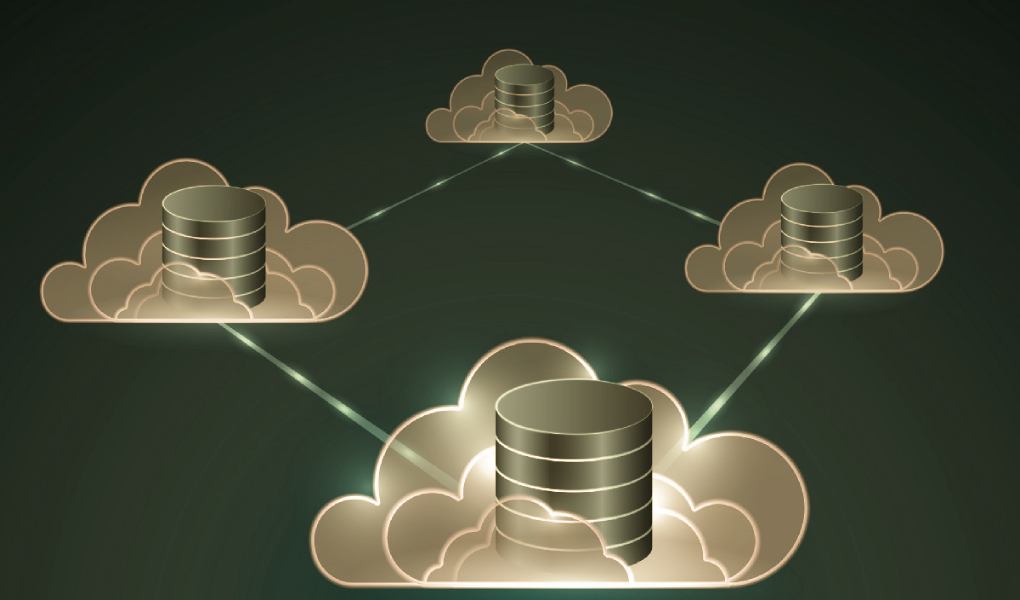Database as a Service (database as a service) – a cloud computing model that allows you to use a pre-configured database; simultaneously, the provider is responsible for its administration, configuration, and maintenance; you use a ready-made solution. Cloud databases are chosen to optimize workflows and ensure their continuity. Therefore, DBaaS is usually used when required:
- scalable and reliable database without large investments;
- implement a single database in all business structures;
- move business processes to the cloud to increase agility and reduce risk.
You can use PostgreSQL, MySQL, ClickHouse, Redis, MongoDB, and other databases in the cloud.
DBaaS Features
When deploying databases in the cloud, you should be aware of their infrastructural features.
- Different types of discs are optimal for different tasks. SSDs are suitable for systems with high fault tolerance requirements, and High-IOPS SSDs are suitable for systems with high IOPS requirements. Low Latency NVMe is designed for high-load applications where response speed is important.
- The performance of disks in the cloud depends on their volume. In the cloud, the I/O limit depends on the amount of disk space.
- You can change disk types and sizes on the fly. Changes can be made through the API or UI without downtime.
The performance of a virtual machine (VM) depends on its configuration. The database parameters are affected by: the type and size of the disk, the type of processor and the number of cores, and the amount of RAM.
Key Differences Between S3 Storage And DBaaS
Despite some common features and characteristics, cloud and object storage databases have key differences. They need to be considered when choosing a storage solution.
- Transactions. There are no transactions and Updates in S3 storages – data is written once and read many times (Write Once Read Many approaches). At the same time, relational databases can use Rollback, ACID transactions, and other features. If you need to work with transactions, it is better to choose DBaaS.
- Data processing. In an architecture with S3, you can separate the storage and compute layers. For example, S3 is responsible for the storage layer, and Kubernetes is responsible for the compute layer. This makes S3 storage compatible with popular big data tools like Spark, ClickHouse, and Greenplum. In contrast, DBaaS combines processing and storage layers. Thanks to this, the data access speed is high, and there are practically no delays.
Thus, S3 is suitable for storing data cheaply and using Big Data tools. If fast access and minimum delays are important, it is better to choose DBaaS.
- Pricing. S3 has cheap storage, but there is a charge for outgoing traffic – reading and downloading. The billing considers the number of requests and the storage level – hot or cold. You pay for the DBaaS resources: disks, memory, and cores. Traffic and the number of requests are not charged.
Also Read: All About ZFS Architecture



